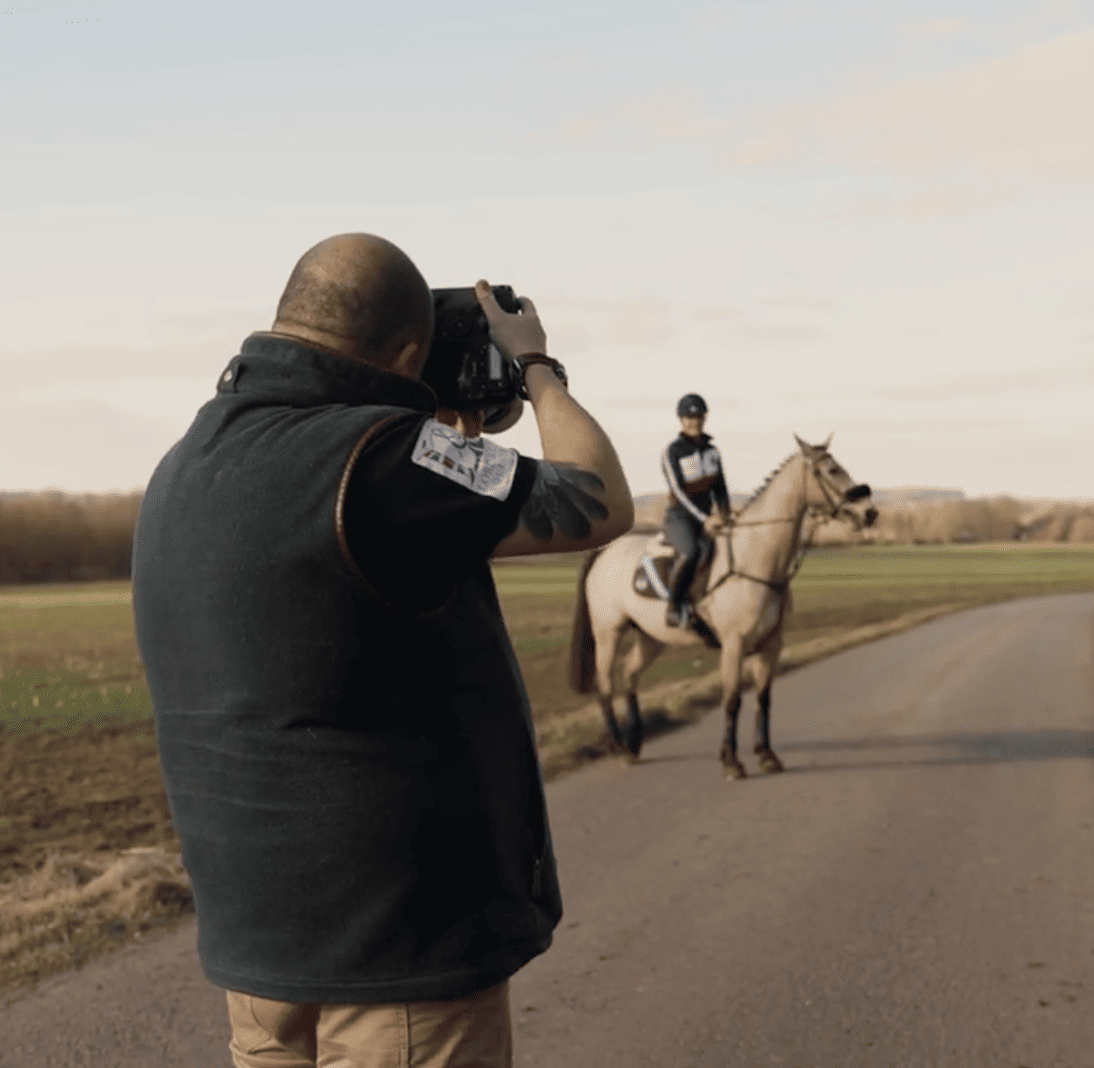
Introduction
Filmmaking is an art form that relies on various technical aspects to create visually stunning and emotionally resonant stories. Among these technical elements, the shutter angle plays a crucial role in determining the look and feel of your film. In this comprehensive guide, we will delve into the world of shutter angle in video filmmaking.
Filmmaking is an art form that relies on various technical aspects to create visually stunning and emotionally resonant stories. Among these technical elements, the shutter angle plays a crucial role in determining the look and feel of your film. In this comprehensive guide, we will delve into the world of shutter angle in video filmmaking.
To grasp the concept of shutter angle, we first need to understand how traditional film cameras work. In film cameras, a rotating shutter exposes each frame for a specific amount of time as it moves in front of the film stock.
Already a member?